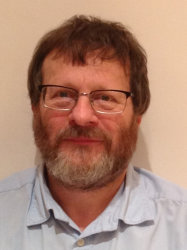BibTex format
@article{Viera:2012,
author = {Viera, da Silva N and Morgan, JV and MacGregor, L and Warner, MR},
journal = {Geophysics},
pages = {E101--E115},
title = {A finite element multifrontal method for 3D CSEM modeling in the frequency domain},
volume = {77},
year = {2012}
}

